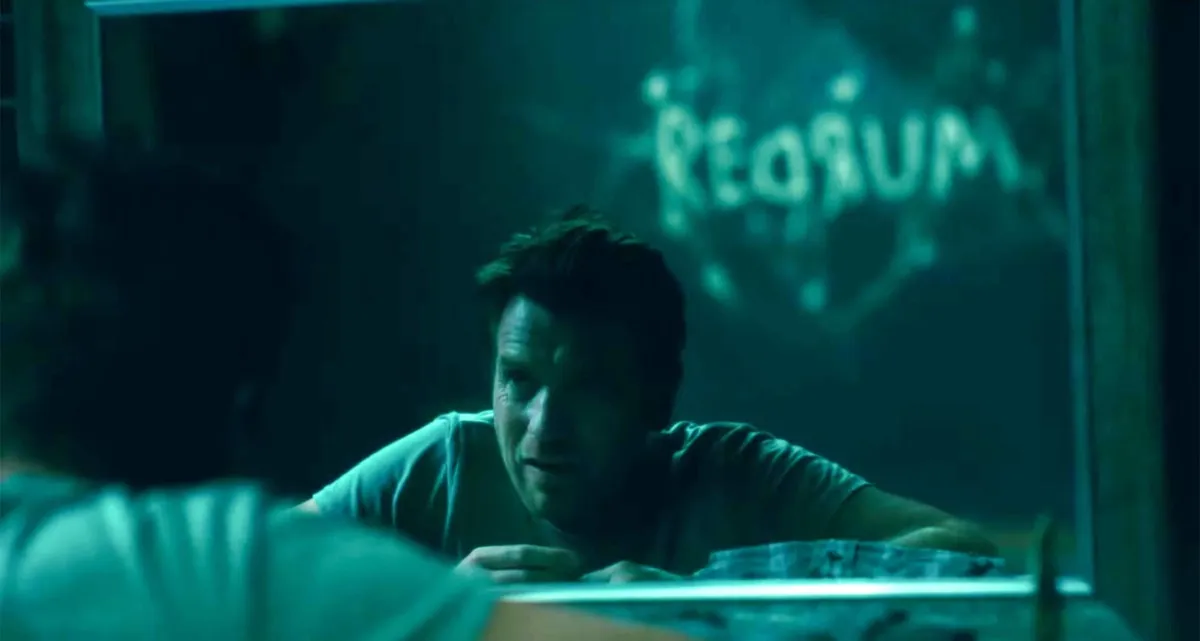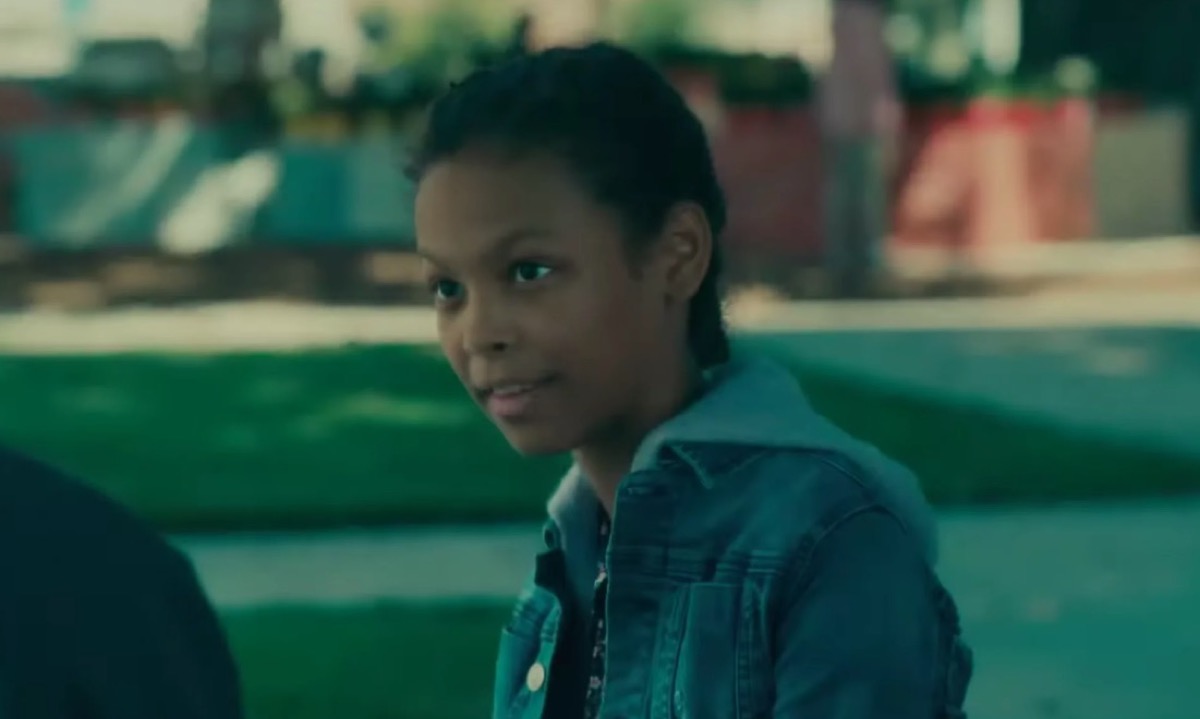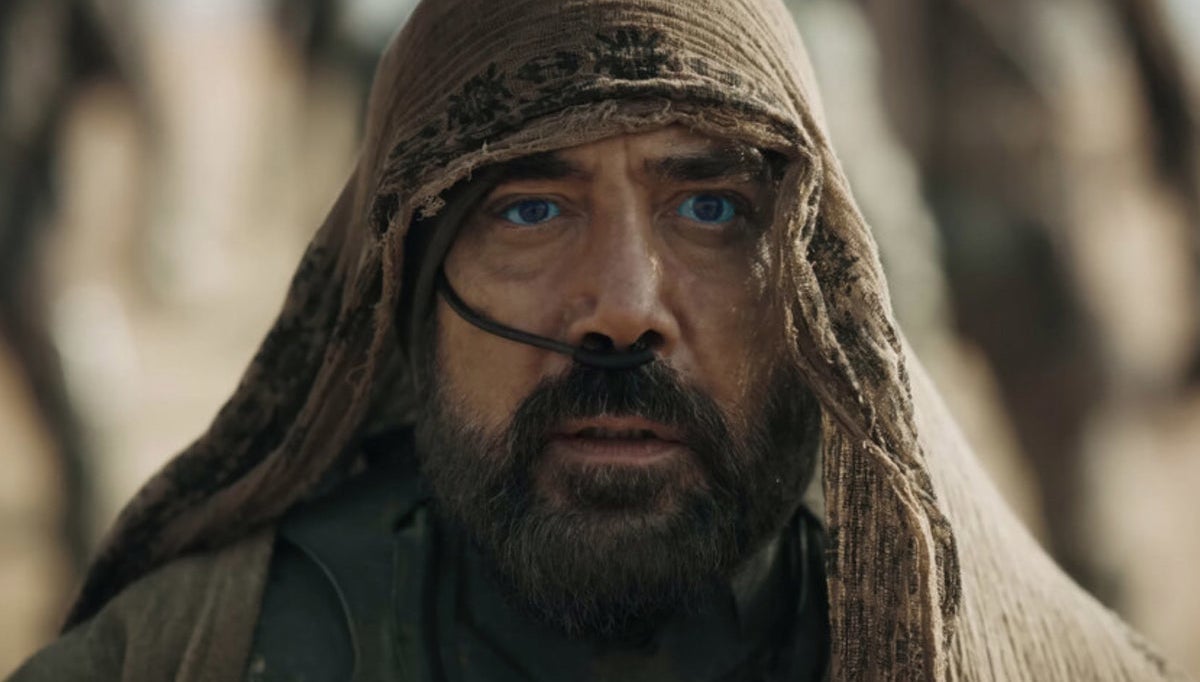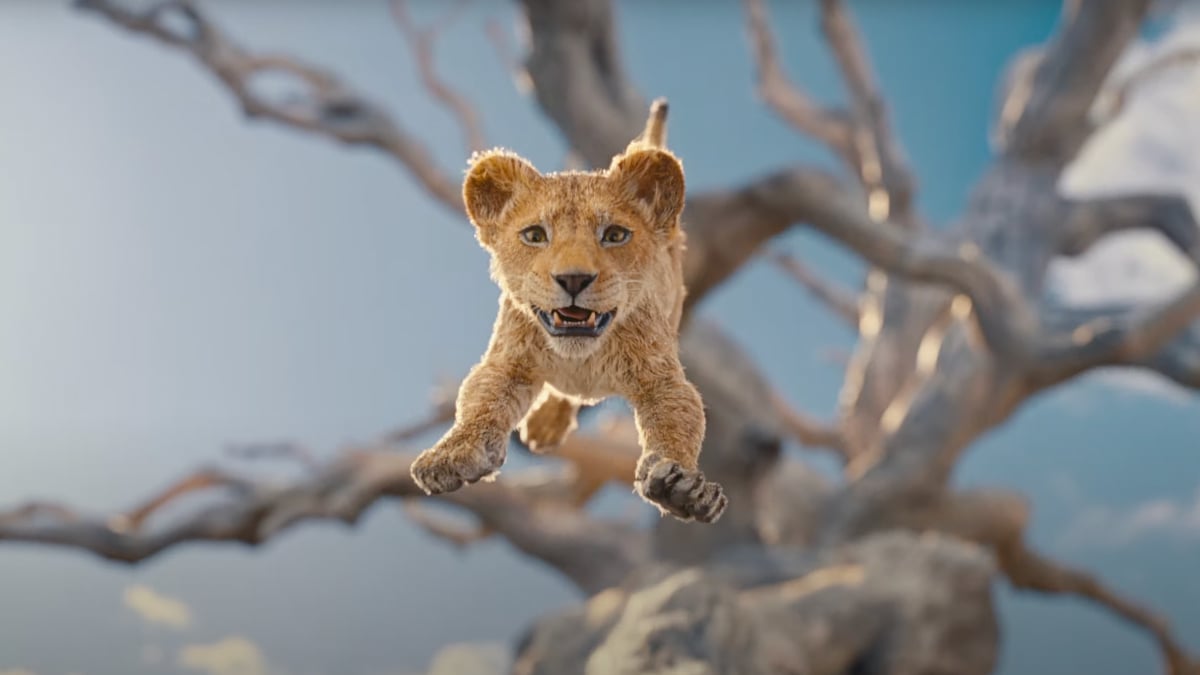Doctor Sleep might be the year’s best Stephen King adaptation, and is easily one of the best mainstream horror offerings of 2019. It should also make Mike Flanagan, the film’s writer and director, a household horror name—that is, if you weren’t already familiar with his work based on Oculus, Hush, Gerald’s Game, and The Haunting of Hill House. We had the chance to sit down with Flanagan and talk about his latest film, his penchant for hopeful horror narratives, and the powerful women that dominate his stories. Check out the interview below!
Kate Gardner (TMS): Something I’ve admired about your films is that you balance horror and emotion, particularly the recovery from trauma, in your work. How did previous projects that dealt with trauma, especially generational trauma such as Oculus and The Haunting of Hill House, affect how you approached Dan’s story in this particular film?
Mike Flanagan: Well, I think when I read Doctor Sleep, the book ticked off all these boxes of stuff that I’m already really into. In a lot of ways I felt like—I felt like this for Hill House, though, too—that kind of everything that had come before it was getting me ready, was leading up to this. Dan, in that story, has so many things, so many facets that resonate with me personally and have infiltrated the work I’ve been doing, going back to Absentia.
But how our present, how our futures are shaped and changed by the traumas of our childhood, how any of us deal with the breakdown of the nuclear family, with the safety of a family being kind of shattered, is something that I’ve always been fascinated with—how we deal with death in a genre that very often renders death somewhat meaningless out the gate, by saying there are ghosts, it’s just a transitional point, there’s no real consequence to dying.
All that stuff is fascinating to me, and so I had been working on the script for Doctor Sleep while I was on set of The Haunting. They overlapped that much, and I would be at monitor in between setups on The Haunting working on my script for Doctor Sleep. Inevitably, a lot of the head space I was in doing The Haunting, which is a really specific headspace, a lot of that seeped into Doctor Sleep just because of the proximity of the projects; they really were kind of wrapped up together.
TMS: Talking about death sort of leads into another question I have. Death, and the acceptance of death versus trying to avoid it, is a huge theme in the film, and yet I found it to be a very hopeful film, as well. How do you approach balancing hope and the bleakness of death in a narrative?
Flanagan: That’s a question I ask myself all the time. That question’s been in so many of the stories I’ve gotten to tell. Every project, when I approach it, my opinion, is a little different depending on where I am in my life. I look back now at Absentia and Oculus, and they’re bleak. The hope that you’re kind of picking up on here, I don’t feel that in those movies, and that’s interesting to me. That’s where I was.
I think one of the things that happened is I had kids, and I got married, and I started to have a purpose in life outside of myself that became very profound. And at a certain point, when I think about the fact that someday, my kids are gonna watch these movies—they’re way too young to see them now, but someday they will—and at a certain point, they’re gonna watch them, and then I’m gonna be gone.
I had a chance to say one thing in each of these movies—like, at the end of the day, there’s always one sentence that it all kind of boils down to, one note, and lately, it’s been very important to me that that note be one of hope, no matter how dark the world is that we’re showing, no matter how horrible the things that can happen in these stories, and Doctor Sleep is one of the most horrible things I’ve ever had to film. If my kids can take that one little … one little grain of hope at the end, that’s become more and more important to me as I get older.
TMS: This next question, another question I have that’s very near and dear to my heart, is that Abra and Rose are very powerful women in this story, and also, your past work is filled with some incredible female characters—the Crain women, Kate Siegel’s character in Hush, Karen Gillan in Oculus—and so, is it important to you to have a strong female presence in your work?
Flanagan: Absolutely, so much, and it only gets better the more wonderful, powerful women that have become part of my life. My work changed, when Kate and I got together, in a pretty big way, but I have a daughter, her name’s Theo, which is super awesome—and little Theo is not yet a year old, she was born two days after we wrapped Doctor Sleep—and even before she was part of the world, when I would look at Abra, on the page, the way King drew her, I was like, “This is who I want my daughter to see. This is a character that I think I want there to be in the world for her.”
It’s been critically important to me, from the beginning, not to fall into the traps that the genre has historically fallen into in respect to how it depicts its female characters. The horror genre, for a very long time, was very hostile to women, and they were basically objectified not only in sexual ways, but also objectified as victims, and fetishized as victims for a long time in the genre. I’ve actively tried not to do that, and try to provide a counterpoint for that.
I’m glad that it’s worked, at least enough that you mentioned it. That makes me feel like we’re on the right track, but I think there’s still a ton of work to do. But I, more than anything, with Abra and Rose, I can only take so much credit, ’cause Stephen King created these two fantastic characters to the point that, when reading the book, there were times they eclipsed Danny Torrance for me pretty easily.
And Kyliegh Curran, in particular … she’s a hero on and offscreen, and what an honor it is for me to kind of work with women like this. From Kate—who is the collaboration of my life, and we’re gonna keep doing this as long as she’ll have me—to Carla Gugino, I’m surrounded by strong women, so it’s really fun and easy to kind of keep that in the movie, too.
TMS: Your film has to balance both King’s novel and then also the Kubrick film, which is a different beast. I guess this is a two-part question. How did you approach adapting the novel while also honoring Kubrick’s film? And then also, how does one adapt the work of two icons, and then also breathe their own life into the art?
Flanagan: That question kept me up every single night of this whole process. I still kinda feel like I’m gonna throw up. Yeah, I’ve never had this much pressure in my life on a project, because of the legacies of Kubrick and King, and I grew up on The Shining. I saw it when I was way too young to see it; it messed me up. It also taught me what a horror film could be, and I’d never seen anything like it. I’ve still never seen anything like it, and I’ve studied and idolized Kubrick in that film in particular for my whole life.
So, there’s pressure there, and then King is my hero. I’ve been a constant reader since I was 10 years old, and I also know very much how he feels about The Shining, and that he was not gonna interfere with the film I was going to make, ’cause he never does with anyone who’s adapting his work—but he’s not gonna be shy about how he feels about it, as Kubrick found out. So yeah, reconciling those worlds was really just kind of this ulcer that I’ve been kind of bleeding into from the beginning.
But I think, more than anything, I approached it as a fan, and I figured, “If someone else was making this film, what would I wanna see? What wouldn’t I wanna see? What would I kind of scream into the sky about? What would I shout into the abyss about?” ‘Cause anything … any level of scrutiny that I would put on another filmmaker, someone’s gonna put onto me, and I tried to look at it that way—that if I could look at this as a thing and say, “It’s not a sequel to The Shining; it’s a descendant of The Shining. It has the DNA of its parents, and its parents are Kubrick and King, but it has to find its own way, and it wants to find its own way by honoring its parents and celebrating them while being its own cool, plucky, little, weird kid.”
Then I thought there was a way through, but I don’t know if I’ll ever know if it worked. I don’t know how I feel about it, and I won’t until the movie’s in the hands of its audience. And the only reason I’m able to sleep now is that I can’t do anything else, it’s over. There’s nothing else I can do but kind of desperately explain myself, and that is a bit freeing, finally.
TMS: King has been fairly vocal on Twitter, both about Hush and about Haunting of Hill House, about how fond he is of your work. What is it like getting to collaborate with Stephen King?
THE HAUNTING OF HILL HOUSE, revised and remodeled by Mike Flanagan. I don’t usually care for this kind of revisionism, but this is great. Close to a work of genius, really. I think Shirley Jackson would approve, but who knows for sure.
— Stephen King (@StephenKing) October 17, 2018
Flanagan: It’s crazy, and every time—I follow him on Twitter as a fan, and every time—I’ve never known when he was gonna tweet about Hush or The Haunting; it just happened, and I was kind of going through my feed, and I would see this thing come up, and I would make this noise—and Kate does a great impression of it, but I just make this, like, “Haa,” this really weird, high-pitched kind of cartoon noise. It’s been surreal. For most of my life, if you told me it would have happened, I wouldn’t have believed it.
The strangest thing about it is I don’t feel that I’ve collaborated with him, because when I did Gerald’s Game, he was a presence on email. And I remember how freaked out I was the first time I got an email from him, which is after he’d seen Gerald’s Game, and I framed it, and I hung it in [chuckle] my office. It’s still there. The first time I spoke to him on the phone was after Doctor Sleep was wrapped, and the first time I ever met him was when I brought him the final movie of Doctor Sleep, and got to watch it with him, which was crazy.
But yeah, he is my hero; he’s the reason I wanted to be a storyteller, and so it’s been the honor of my career to twice now get to kind of play in his sandbox. And I will be there any time if he wants to invite me back, but it’s been completely surreal. It’s been the source of the most rabid kind of fanboy moments I’ve ever had, and when I met him, I felt like I was in high school. I felt like a kid. I felt … I think, I’m sure I just put my foot right in my mouth. I haven’t been able … They filmed it. I haven’t been able to look at the footage, ’cause I’m afraid of what I said, or how lame and stupid I must have looked, ’cause I don’t think I’ve never been that nervous.
TMS: So another thing I really love is how you balance these very intense visual scares and some very deeply disturbing scenes—I’m thinking about the scene in Doctor Sleep with Jacob Tremblay, and then the scene that actually made me scream in terror when I saw it was the jump scare in episode eight of The Haunting of Hill House—but you also make your films very intimate. Not just Gerald’s Game or Hush, which feature fewer characters, but the intimacy of the trauma and the character growth. So what is it like balancing that, just in the screenwriting process, and also with visuals?
Flanagan: That’s so hard, and I love that that resonated with you. I focus on the intimacy first. I do know that. There’s an order, a priority for me, and the characterization, the emotional authenticity of something is always gonna be the most important thing. I feel like if I don’t get that right, none of the rest of it will work, and so all my energy goes into that. The genre moments, you know … or in the case of the Jacob Tremblay scene, for me, it was kind of both: it was a viscerally frightening scene but it was also very intimate, and not in a comfortable way.
Those kinds of things, they come with the territory, but their impact is directly related to how invested in the characters I feel by that point of the film, which I think is directly related to how the viewer hopefully feels. All of the energy is put up front. All of it is about trying to get the emotional component right, so that when we do something like that jump scare, which to me, it’s one of the few jump scares I don’t hate because it scared the shit out of me.
The reason that jump scare [in The Haunting of Hill House] worked was because of the eight episodes of characterization that got you there—and because Victoria Pedretti jumped her cue by half a page and came in way too early, and there was so much scene left to do for Elizabeth [Reaser] and for Kate.
And I was at the monitor. I knew she was gonna come forward. She’s sitting in the back of the car, and she’s been there, and she’s in her makeup sitting and waiting, and they’re performing the scene. I was so invested in those characters. I was hanging on the performance. It was only the first take, and I had told Pedretti—I’d said, “Catch us by surprise. Come in a little early.” The actors know it’s on the script page where she comes in. They would start to tense up. “Don’t let that happen. Just come in a little early.”
But she came in a lot early, and so the terror you see—the abruptness of it and the terror you see in Kate and Elizabeth—is real. They had forgotten that she was there and were not expecting her then, and I and the producers and the DP at the monitor … I was about to sip my coffee, we were looking at the notes, we’re watching the scene, and I just about fell over. It scared me so bad. I knew when that happened—I said, “Great. We can move on.” If that scared me at the monitor, and it terrified the actors, I don’t know what the viewers are gonna do. It’s gonna scare the shit out of them.
That step was just fun, but it never would have worked if Shirley and Theo hadn’t developed as characters as completely as they had by then, and if I wasn’t interested in the argument they were having and in what that meant for those sisters. And that’s what makes that scene work, and so many people bring that one up, because I think it is one of those fall-off-the-couch scares.
—
Flanagan’s Doctor Sleep is in theaters now.
(images: Warner Bros.)
Want more stories like this? Become a subscriber and support the site!
—The Mary Sue has a strict comment policy that forbids, but is not limited to, personal insults toward anyone, hate speech, and trolling.—










Published: Nov 13, 2019 10:45 am